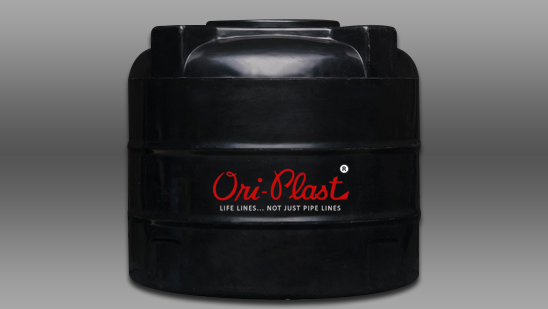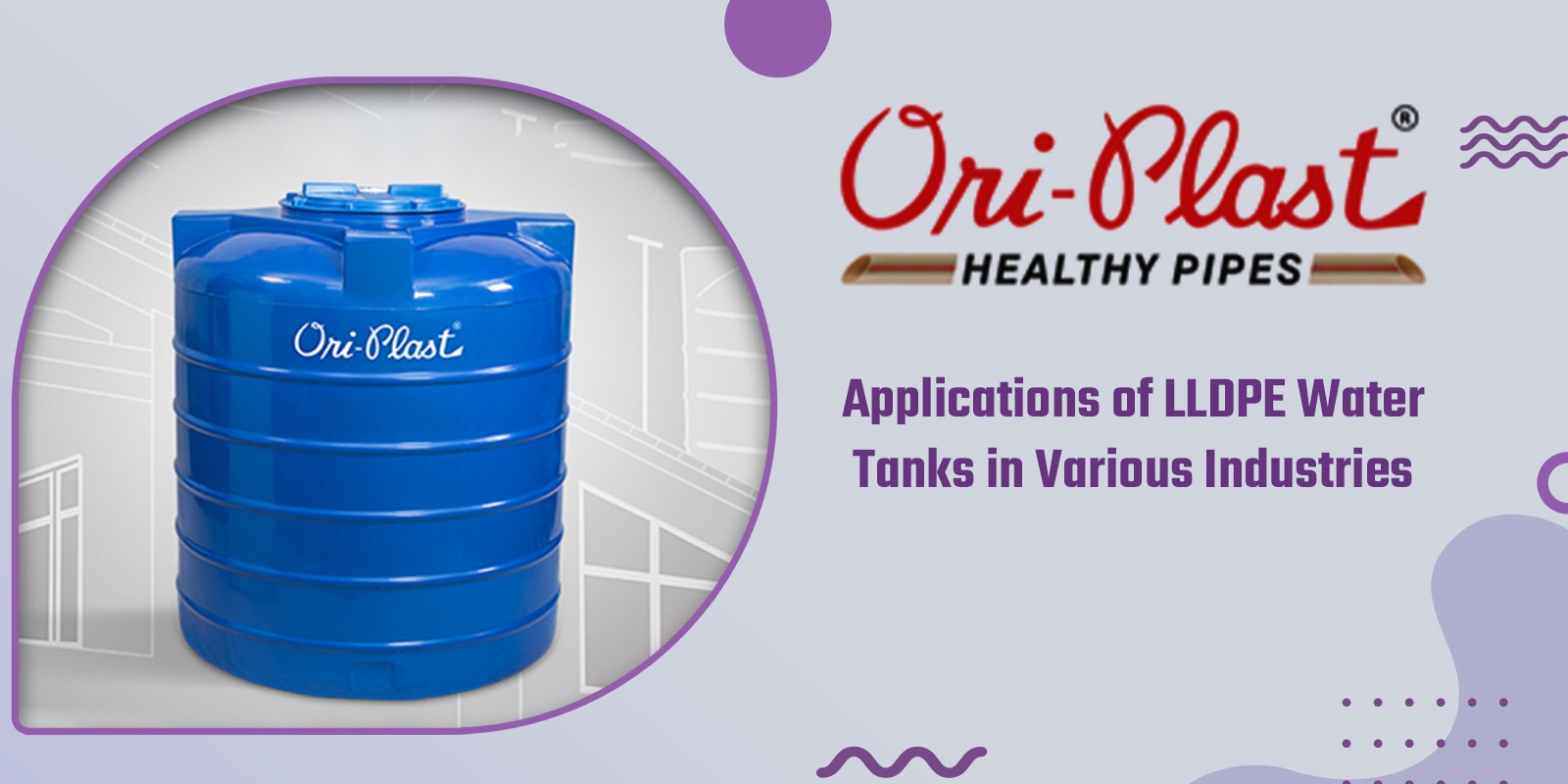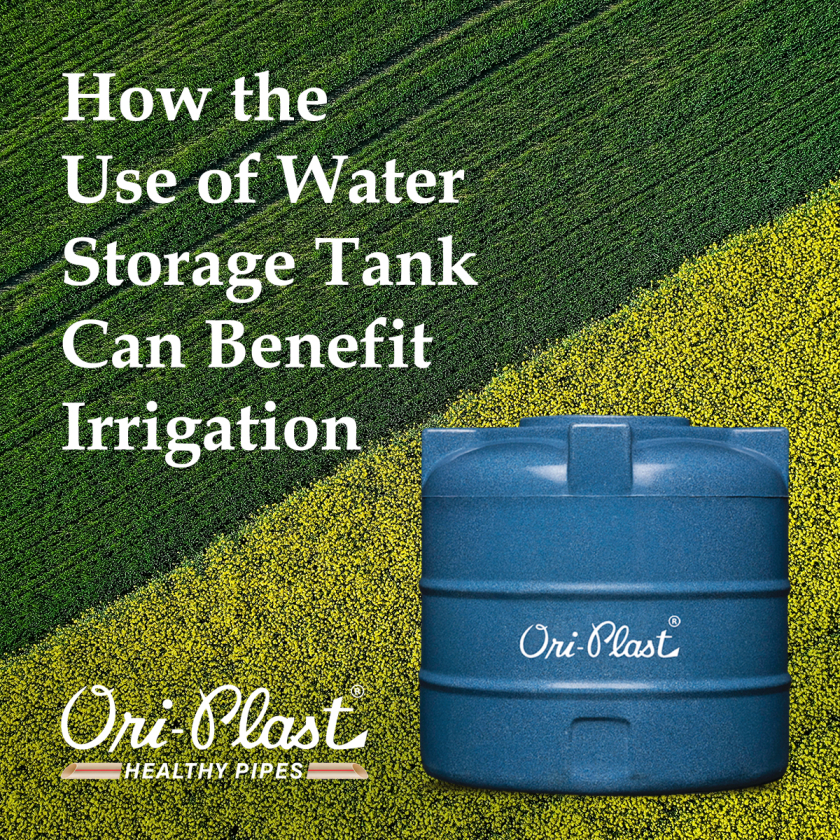Are you aware of the storage tank layers? There are two common types of plastic (PVC) water storage tanks--walls made of a single layer of PVC and walls made of multiple layers. In general, single-layer tanks are cheaper than multiple-layer water tanks. The reasons are the lower sealing cost and lesser production complexities for manufacturing single-layer tanks. These tanks can also be comparatively lighter. However, multi-layer water tanks have various advantages, like ensuring water safety, longevity, strength and durability. Do you want to learn about what is the optimal number of layers for vertical PVC and other thermoplastic water storage tanks? We have highlighted and discussed some critical considerations.
What is a water storage tank?
The term water tank quite clearly self-explains its uses. But there exists a wide range of tanks for storing water with various industrial, commercial and residential use cases. Depending on the usage, a water tank needs to have specific characteristics. For example, concerns about water safety may not be essential in many industries storing water for cooling, fire extinguishing or similar purposes. But, keeping the stored water safe (food-grade) is critical in residential houses, food processing industries, hospitality or healthcare facilities. So, one size or one type of tank does not fit all.
The quality of water storage depends on various factors like materials, fit and finish, and the number of layers used in constructing tanks' walls. A water storage tank is a vital part of any household. We need to store drinking water, ensure a steady water supply across faucets and maintain the quality of stored water with reliability over time.
The types of multi-layer water storage tanks Multi-layer tanks can be made of a minimum of 2 layers and a maximum of 5 layers. Each layer comes with a specific feature and offers particular customer benefits. We need to understand each layer's benefits for making the right choice.
- Double-layer water storage tanks - These tanks have been available in the market for a long time; the inner layer comes in contact with stored water. So, it is made of food-grade virgin PVC material. The outer layer protects the inner layer from weather and UV exposure.
- Triple-layer tanks - This type of tank usually has a foam insert between the inner and outer PVC layers. Foam does not convey heat. So, water inside the tank does not heat up quickly even while exposed to scorching summer sun and does not lose temperature during cold winter nights.
- Four-layer tanks - These tanks contain an extra layer of foam to ensure better heat insulation and sturdier built quality.
- Five-layer tanks - This type of water tank has a reflective shield on the outer layer along with a UV protection layer. An extra layer of foam between two linear outer and inner layers offers comparatively better heat insulation, even in a wide range of weather conditions for years. All these protections make 5-layer tanks more durable.
Conclusion
Keeping track of the number of layers in your storage tank may seem like an unnecessary task at first, but it will help you maintain your storage capacity and avoid unnecessary expenses in the long run. You should also note that different brands of PVC pipe come with varying thicknesses and therefore varying numbers of layers. It's best to check with your manufacturer before purchasing. The optimal number of layers for your water storage tanks depends on the end uses. It is advisable to choose tanks of 3 and more layers to store food-grade potable water. Ori-Plast manufactures all types of multi-layer water tanks. The Company offers excellent fit and finishes, long-term durability and consistent quality at competitive pricing across all tanks. Check oriplast.com to learn more about the range of water storage tanks.




